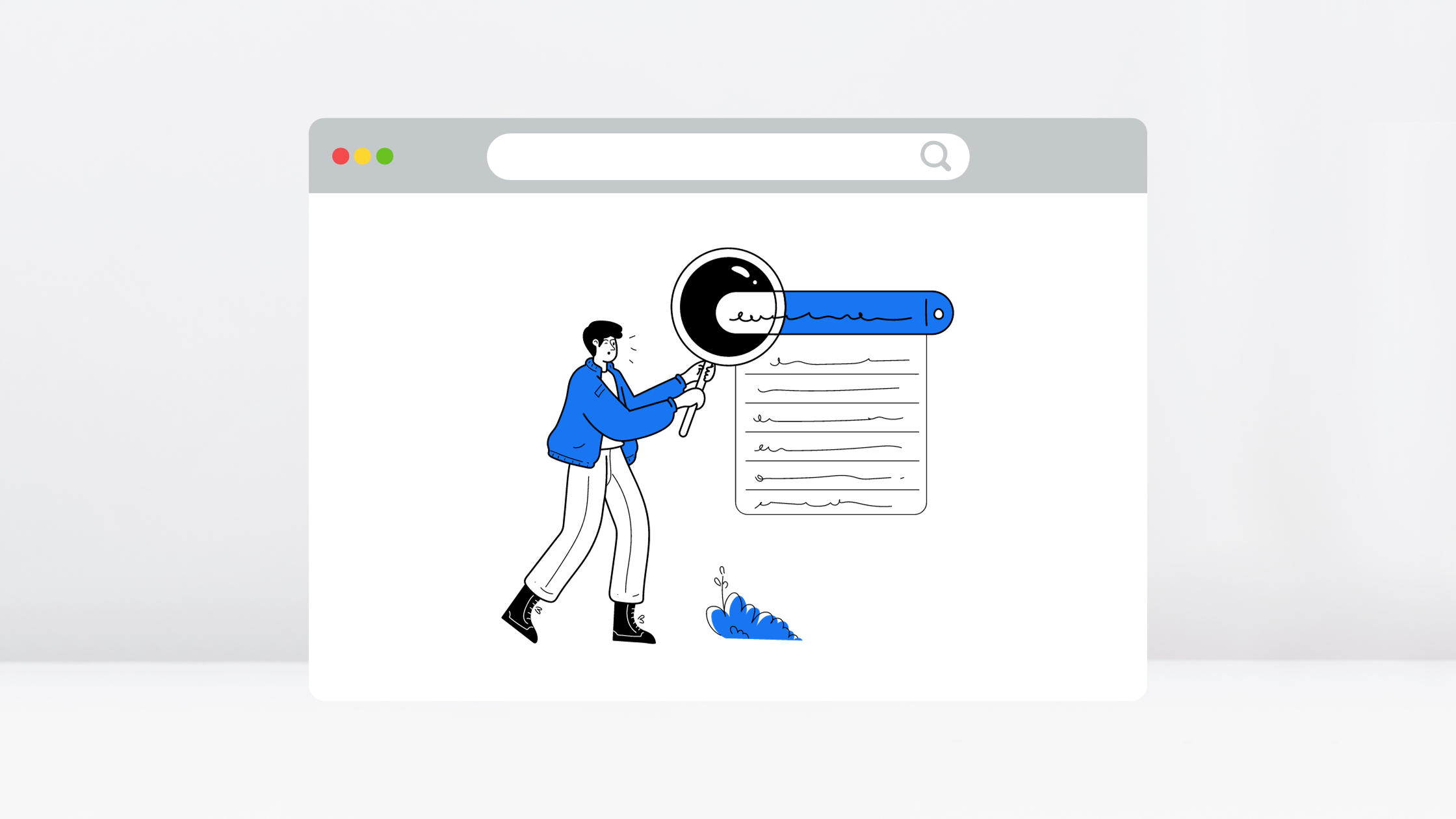Easy and free ways to establish and increase your small businesses internet presence are essential to reaching prospects via digital marketing.
 Deep breath. Time to get the internet to love your small business. Without a large corporate budget, it’s no easy feat, but there are systematic checkpoints that ensure a user experience that prospects will quickly embrace.
Deep breath. Time to get the internet to love your small business. Without a large corporate budget, it’s no easy feat, but there are systematic checkpoints that ensure a user experience that prospects will quickly embrace.
1. Generate a sitemap
Help search engines like Google find your site with a helpful little map. In fact, most sites see a spike in traffic and better SEO results shortly after submitting a sitemap to search engines.
Begin by creating a file on your root domain using the robots.txt protocol to indicate which pages on the site should be avoided so that web crawlers don’t get lost and know where to find the map.
As xml or html files that list out every single URL on your website, along with essential meta data for each URL that includes when it was last updated and relatively important it is within your site structure will minimize the search engine’s chances of getting lost.

Free sitemap generator tools exist, although most will only crawl a measly 500 pages and develop a map from what they find.
2. Google Search Console and Bing Webmaster Tools
While a sitemap will inevitably make search engines pay attention, you’ll leave no stone unturned with the easy and free Google Search Console and Bing Webmaster Tools.

Sign up, submit your website, and use the free tools, eventually uploading your sitemap to both as well.
3. Maximize site speed
According to Kissmetrics, 40% of people abandon a website that takes more than three seconds to load. This is a solvable problem:
- Minimize HTTP requests
- Enable compression
- Enable browser caching
- Minify resources
- Optimize image size, format and the src attribute
- Optimize CSS delivery
- Prioritize above-the-fold content
- Reduce plugins
- Reduce redirects
While some improvements are easier than others, the thread is to compress and reduce convolution in order to decrease load and increase speed.
4. Prioritize site navigation
Ease of use will keep people on your site and also satisfy the reason visitors came to your site in the first place. Global Navigation at the top of each page should avoid vague language in favor of highly descriptive text in order to increase qualified traffic. While it’s tempting to label the a link “Products,” you’ll attract more engaged traffic with a label like “Temperature Instruments.”
5. Create title tags and meta descriptions
What you want your site to look like and what search queries you want it to show up for are determined by title tags and meta descriptions. Title tags are simply the titles of the listing on the Google SERP. The meta description is the short description of your site’s content that appears under the clickable title.
Ideally, you’ll match the jargon of your title as similarly as possible to what specific users would type to search for your product.
6. Google My Business
Questions about store hours, available products, address, and reviews are provided by Google’s functionality. When you search for a business on Google, this is what you see:

Not only does an account provide more real estate on the SERP, but it’s incredibly easy to create. Simply go to the My Business home page, create an account, enter your businesses information, and verify via telephone, documentation or mailer.
7. Get in the social media game
Sticking with only accounts that you will consistently maintain, expand your reach and consumer engagement with accounts like Facebook, Twitter, Instagram, Tumblr, and Pinterest. Not all platforms are best suited for every business (i.e. product display is better suited for Pinterest while restaurants are better suited for Facebook and Instagram).
Consider your posting frequency to reach the maximum number of prospects. Twitter requires a frequent posting at an average of 3 to 5 posts a day, while Instagram is often successful with 1 to 3 posts a day.
8. Start Google Analytics
Once all of the foundational basics are set up, it’s important to measure the effectiveness of your campaigns: which are effective and which are not. That’s where Google Analytics is an amazingly free platform to track each aspect of your site.
Did increased traffic originate from an organic search engine results? What’s the path that visitors take once they land on your site?
The setup takes only three steps:
- As an Admin, click on “Create a New Property”
- Enter your site data to get your GA tracking code
- Paste the provided snippet after the head tag on each page to be tracked.
What are Next Steps?
With each item implemented, you should have greater visibility on search engines, lightning fast site speed, social media campaigns, and metrics that detail which sources are converting into leads and paying customers.
As your small business grows and your site increases in effectiveness, considering paid search (PPC) and paid social media offers an advanced next step to meet your prospective customers where they are on the internet.
At RLC Media, we manage and grow your internet presence with the metrics to prove it. Contact our experts to discuss your businesses current needs!





